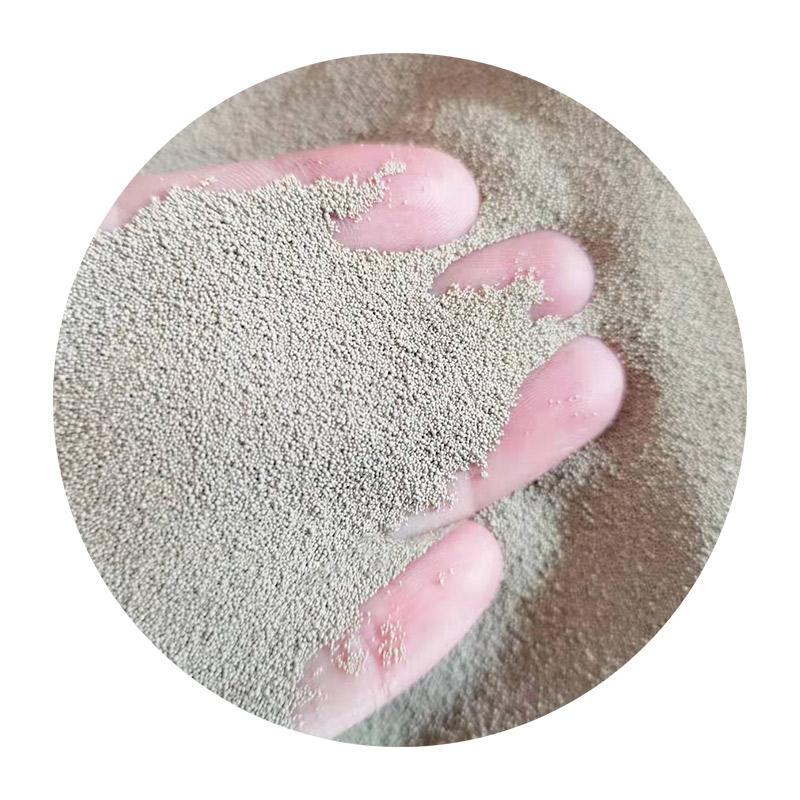Understanding Foundry Sand Types A Comprehensive Overview
Foundry sand is a crucial material used in the metal casting industry, playing an essential role in producing high-quality casts. The characteristics of the sand used directly influence the quality of the final product. This article delves into the various types of foundry sand, their unique properties, and their specific applications in the casting process.
1. Silica Sand
Silica sand, composed mainly of quartz, is the most commonly used type of foundry sand. Its popularity stems from its high melting point, durability, and excellent thermal stability. Silica sand is characterized by its round grains, which enhance the flowability of the mixture, enabling better molding properties. Industries predominantly utilize silica sand for iron and steel casting due to its ability to withstand high temperatures and improve the casting's surface finish.
In addition to traditional uses, silica sand has become an integral part of the green sand molding process, wherein it is mixed with clay and water to create molds. The resilience of silica sand helps maintain the mold's integrity during the casting process.
2. Zircon Sand
Zircon sand is another type popularly used in the foundry industry, especially for casting non-ferrous metals like aluminum. Zircon, which is more expensive than silica, boasts higher thermal resistance and lower thermal expansion rates. This makes it ideal for producing precision castings and minimizing defects associated with dimensional changes during cooling.
Zircon sand offers excellent resistance to chemical reactions, which is particularly beneficial in foundries dealing with reactive metals. Its incorporation into sand mixtures enhances the overall quality of the mold and ultimately the cast product.
foundry sand types

3. Olivine Sand
Olivine sand, composed of magnesium iron silicate, is less commonly used than silica or zircon sand but offers distinct advantages. It is known for its high resistance to thermal shock and its ability to absorb heat, making it a suitable option for ferrous and non-ferrous metals alike. Olivine sand is chemically inert, which limits the risk of reaction with molten metal, thus improving the casting integrity.
Furthermore, olivine sand is environmentally friendly as it is naturally occurring and can often be recycled. Its unique properties make it a desirable choice for precision casting applications and industries looking to reduce the environmental impact of their processes.
4. Special Purpose Sands
In addition to the more commonly used sands, there are specialized sands that cater to specific requirements and applications. For instance, chromite sand is utilized for its high melting point and low thermal expansion, making it suitable for demanding applications like steel casting.
Additionally, furan resin sand and phenolic resin sand are synthetic sands used in high-performance applications due to their superior strength and ability to produce fine detail in molds. These resin-coated sands provide enhanced surface finishes and are preferred in industries that require high precision and excellent dimensional accuracy.
Conclusion
The type of foundry sand selected for a casting operation is critical to achieving the desired quality and performance of the final product. Each type of sand, from silica to specialized variants, offers distinct advantages that cater to different metal casting needs. Understanding these differences allows foundries to optimize their processes, improve casting integrity, and ultimately enhance product quality. As the metal casting industry continues to evolve, so will the technologies and innovations surrounding foundry sands, ensuring that manufacturers can meet the growing demand for high-quality cast products.
Post time:Aug . 21, 2024 12:34
Next:Exploring the Innovative Use of Sand in 3D Printing Technologies
